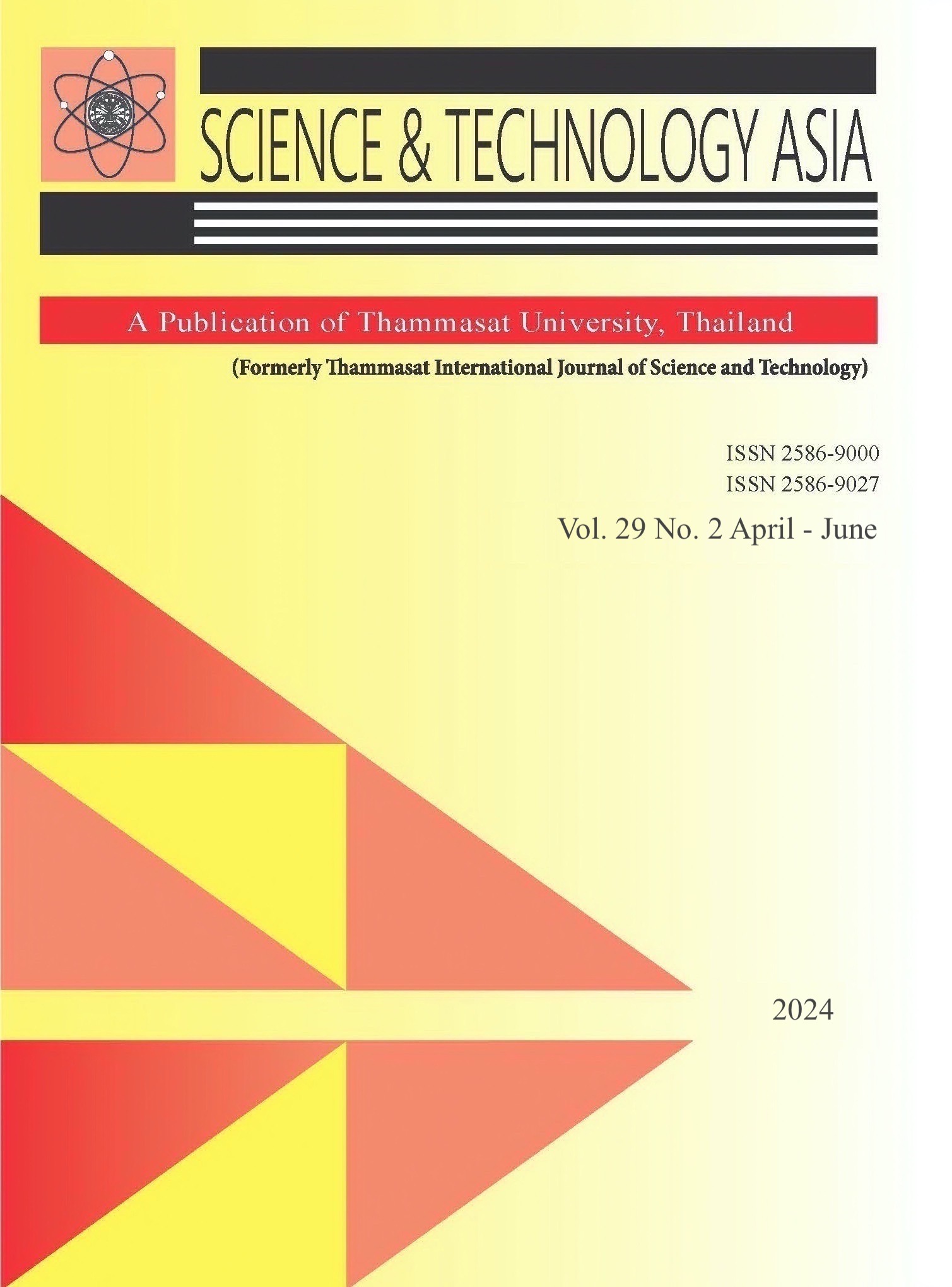Enhancing Warehouse Management Efficiency for Precast Concrete Product Business
##plugins.themes.bootstrap3.article.main##
摘要
Nowadays, technology plays a significant role in businesses, whether small or large. Companies leverage technology to gain a competitive edge in the business world and to adapt the era of information technology. This research aims to enhance warehouse management efficiency, using precast concrete product manufacturing as a case study. The company intends to implement a web based application to enhance warehouse management efficiency. The decision is prompted by issues encountered in the case study where the quantity of products in the system does not match the actual quantity in the warehouse or stock diff, and the cost of warehouse management is high. This led to the proposition of applying the Lean concept. The Lean concept has been utilized through the use of the Value Stream Mapping (VSM) tool to analyze the workflow and categorize activities in the process using the 8 wastes. The analysis revealed that non-value activities include checking stock, document issuing, and managing transport schedules. Subsequently, improvement directions were identified to reduce waste following the principles of ECRS. The next step involved designing and developing a web-based application prototype tailored to the specific operational needs. From testing and evaluation, it was found that the inventory accuracy rate increased. Before implementing the web-based application, the average percentage of stock diff was 107.54%. After experimenting with the web application in process, the average percentage of stock diff decreased to 18.48% and the cost of the warehouse per sale, measured by the salary or wages of warehouse staff, decreased from 60,500 baht per year to 44,000 baht per year.
##plugins.themes.bootstrap3.article.details##
参考
Paker F. Lean Product Development Process with Design Verification Stages in the Value Stream of Automotive Industry. Journal of Transportation Technologies. 2021;11:37-60.
Womack, James P., and Daniel T. Jones. "Lean thinking—banish waste and create wealth in your corporation." Journal of the Operational Research Society 48.11 (1997): 1148.
Kavanagh S, Krings D. The 8 Sources of Waste and How to Eliminate Them Improving Performance with Lean Management Techniques [Internet]. Available from: https://icma.org/sites/default/files/308488_8%20Sources%20of%20Waste%20and %20How%20to%20Eliminate%20Them.
M, Shook J. Learning to see value stream mapping to add value and eliminate muda: Lean enterprise institute; 2003.
M, Ferreira J, Fernandes S, Back H. Lessons Learned from Sustainable Value Stream Mapping (Sus-VSM) Application in a Small Enterprise. 2020. p. 1045-53.
T, Yi L, Tang Y, Chen Y, R. Enhancing Nighttime Surgical Instrument Cleaning Efficiency: An ECRS-Based Approach. Med Sci Monit. 2023;29:e940346.
Maheshwari P, Kamble S, Kur S, Belhadi A, Gupta S. Digital twin-based warehouse management system: a theoretical toolbox for future research and applications. The International Journal of Logistics Management. 2023.
A, K, Zailani S, Treiblmaier H, Hand KJ. Integrating the Internet of Things in the halal food supply chain: A systematic literature review and research agenda. Internet of Things. 2021;13:100361.
Department of Industrial Promotion. Handbook for Evaluating Management and Supply Chain Potential (In Thai) Ministry of Industrial 2018


